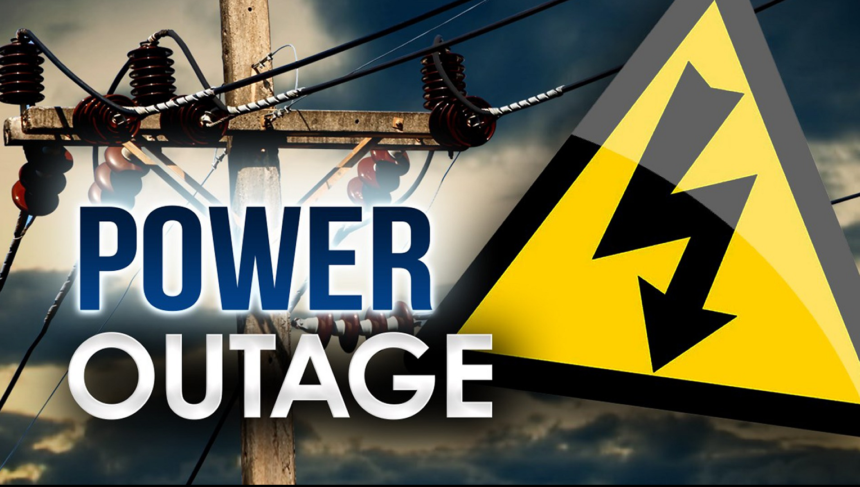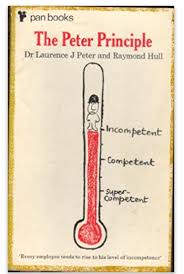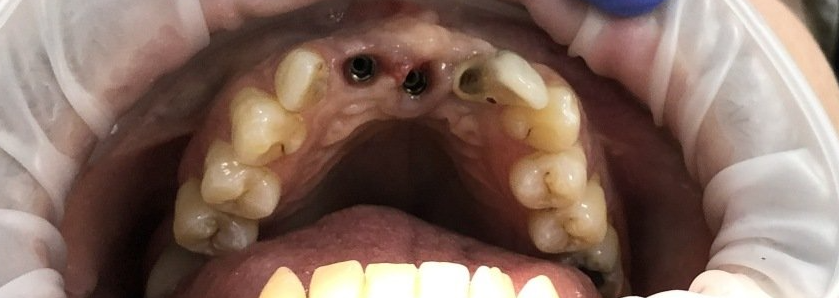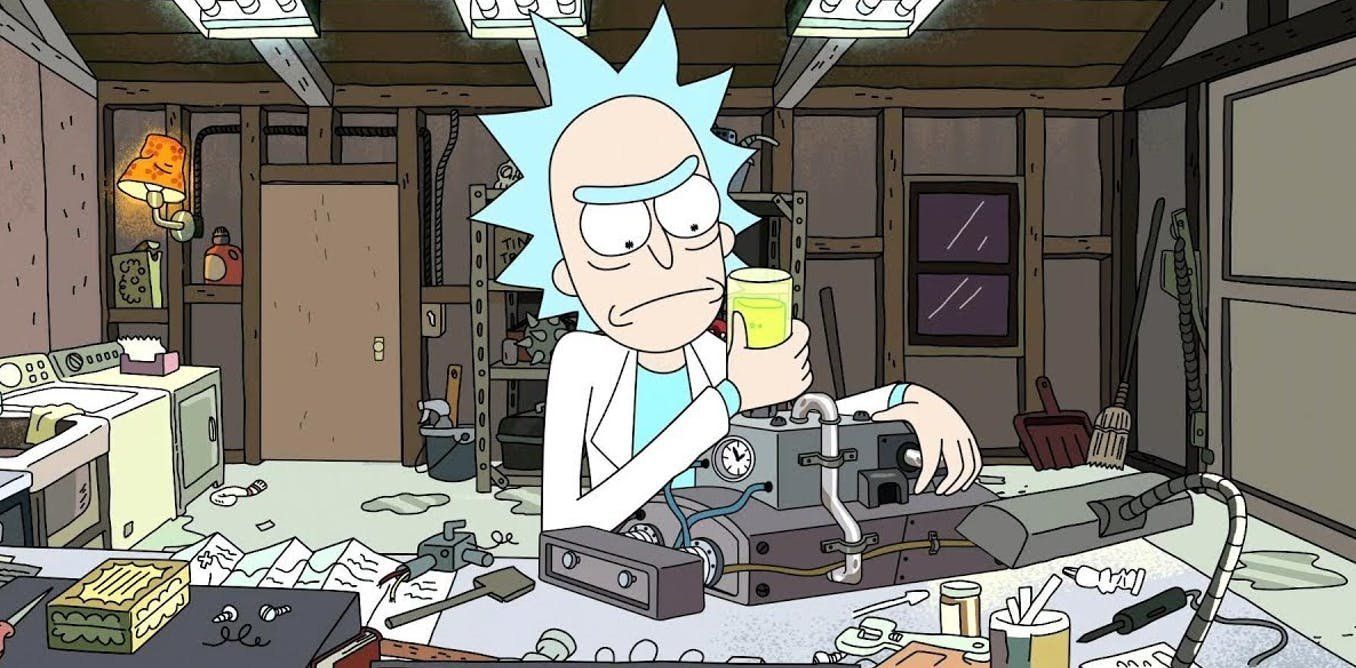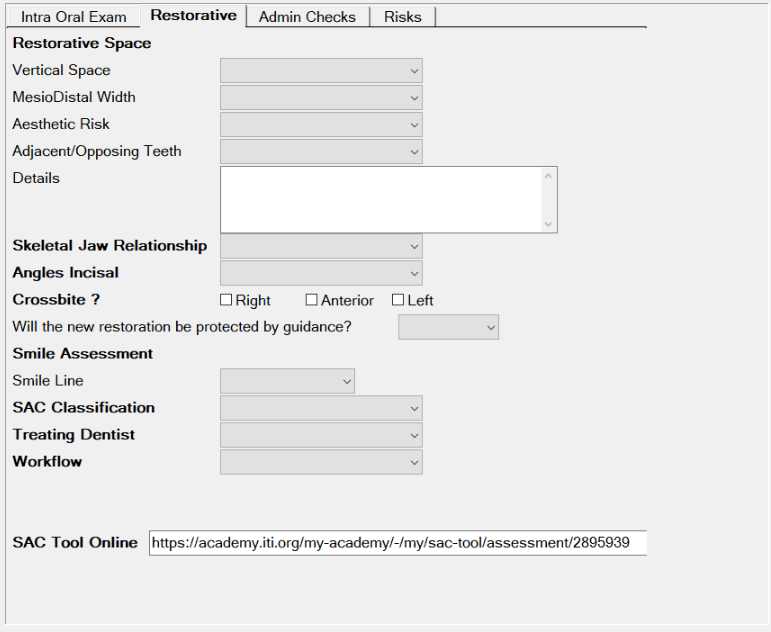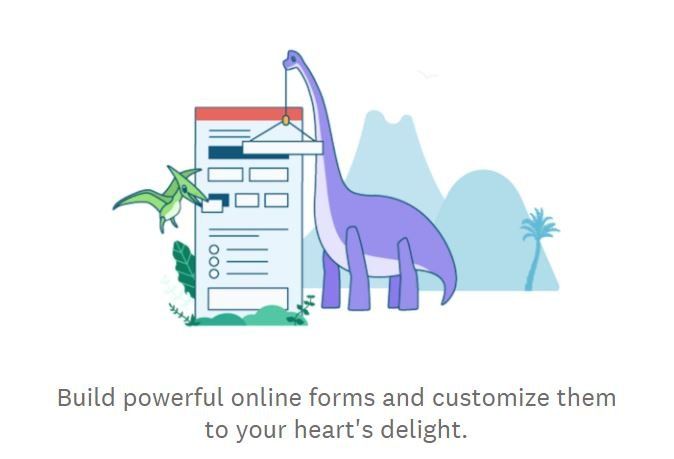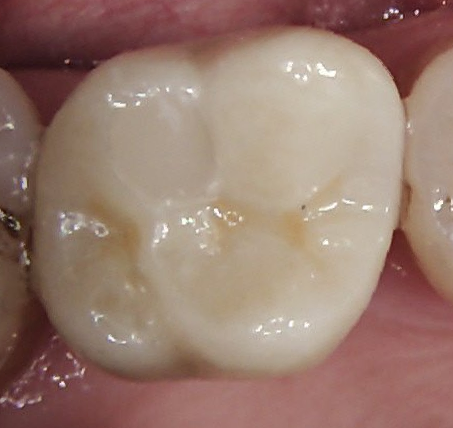Hands-Free Flap Retraction
Who doesn't need another pair of hands when things are complex enough already
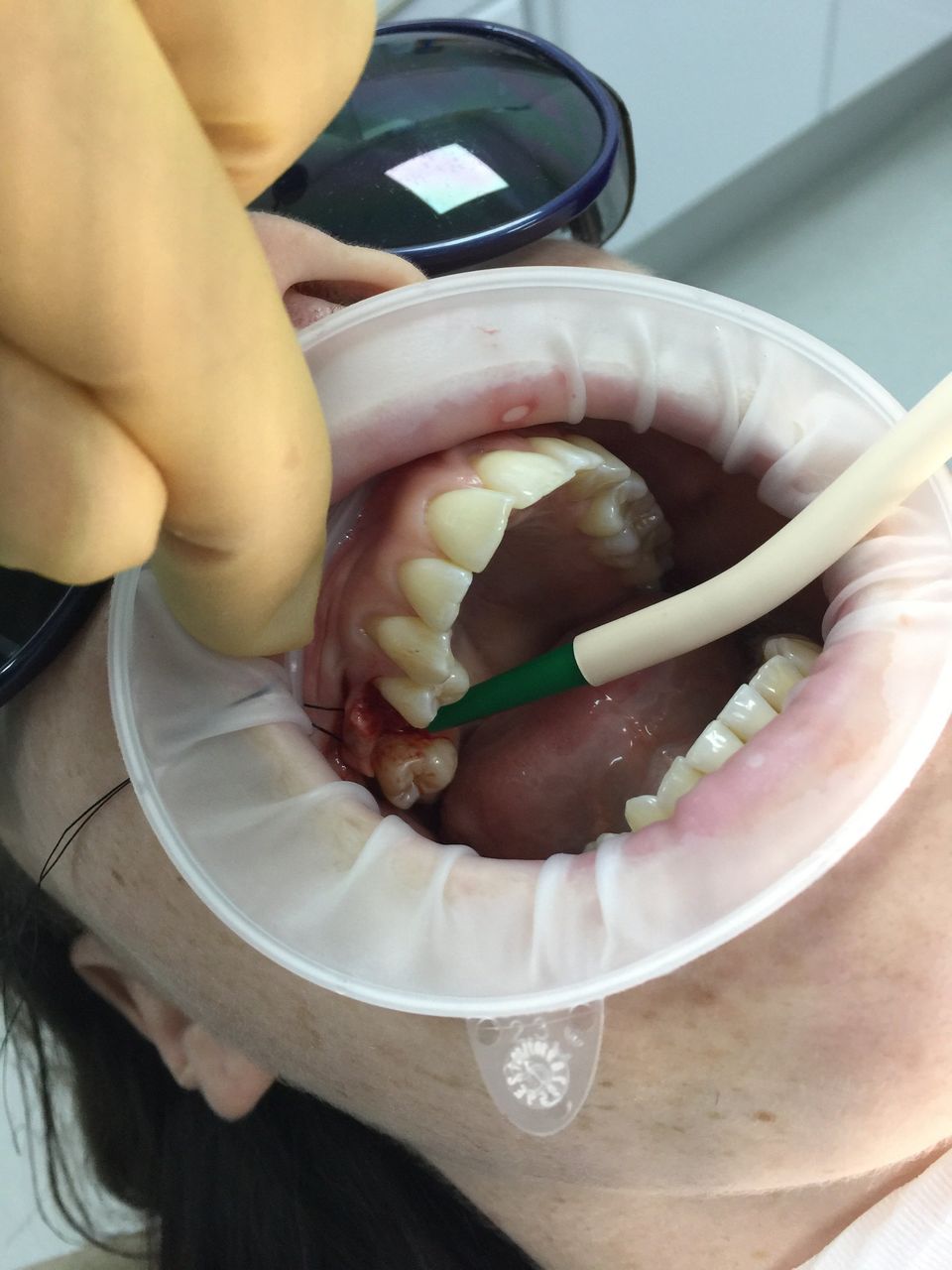
When I'm carrying out a dental procedure I love to see what I'm doing - and so do the nurses, so I have fallen in love with Optragate. Certain things you come across and you can immediately see that they are going to make a difference.
"But, hey!", you say, "I have an amazing nurse who is the best at retracting the tissues, and when she is not around I use my autoclaveable retraction devices." Great carry on, this post may not be for you, everyone else read on.
This is the secret to keeping the patients lips open and cheeks retracted without any effort or extra staff.
It takes all of about 30 mins to learn how to size and place an optragate, and if you do this with your staff you can play a great game of guess the phrase when they are wearing it.
You'll soon find out that the trick to placing it comfortably is to ask the patient to lick their lips, just before placing it, and if you get the sizing right, it rarely flies out when the patient bites down or swallows!
We use it whenever you need that extra pair of hands:
- Photography
- Intra-oral scanning
- Any restorative process where you can't use rubber dam
- CBCT scans
- Oral surgery
Now I know some of you will protest that it is not a sterile item and should not be used for surgery, and you are correct, but you can soak it in CHX if that worries you. Personally, I think the benefits outweigh the risks, especially as the access gained allows for a better outcome than struggling with collapsing tissues or a sweaty nurse. It is invaluable when you come to suturing, you will see your suturing improve.
When you are raising a small flap and it is a simple (low infection risk) procedure, optragate is invaluable because you really want to have all your hands and eyes concentrating on the surgical site. In this case we were placing an implant and the procedure took about 20 minutes from start to finish.
Raise the flap, place a holding suture, then put in the optragate. If you look closely you will see that we deliberately trapped the tails of the suture between the optragate and the patient which allows a soft tension on the flap to keep it retracted. If you are using surgical guides this prevents the flap sneaking under the guide hole and getting chewed up by the twist drills!
Remember that optragate is not a sterile product though, but it would be great if someone decided to make one so that we can use it in more complex procedures.
Comment below, I would love to hear your thoughts and suggestions.
ID Blog
